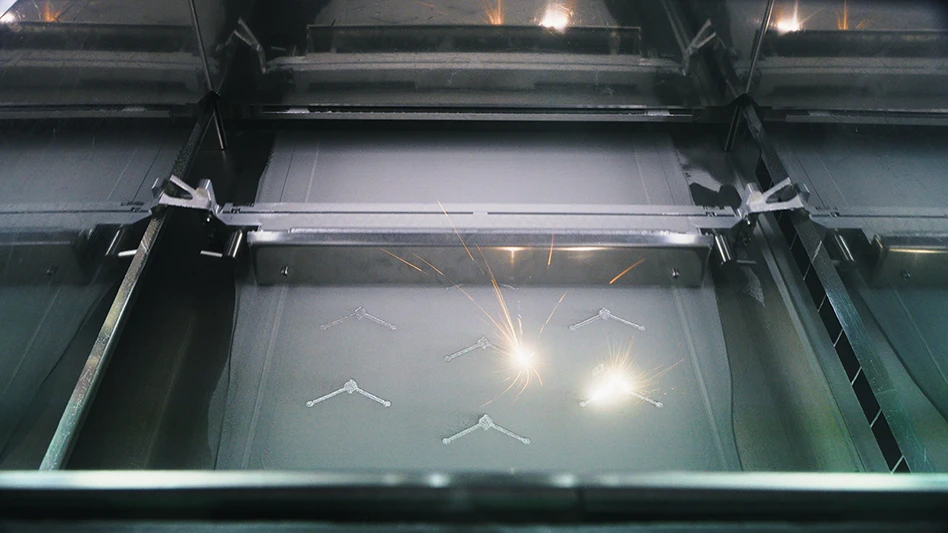
emodic@gie.net
The COVID-19 pandemic caused disruption across all industries, forcing companies to transform and adapt to a new normal. Businesses changed everything from how they offered services to pivoting manufacturing lines and developing new ways to interact with customers. These changes during the past two years are here to stay, and the transformations shouldn’t stop as new disruptors are always around the corner.
In the New Connections. New Technology. New MedTech. Disrupters at the Door: MedTech’s Transformation report from Accenture, the authors write that “The medtech industry landscape is currently experiencing unprecedented disruption and they need to transform now.” Citing how the pandemic affected everything from elective surgeries to regular checkups that were postponed or canceled, patient expectations for personalized at-home care are growing. They explain “these rapid changes created an unfamiliar environment that is demanding faster transformation and an onslaught of new medtech disrupters.”
As companies reassess current and future products and services, the authors suggest looking at three trends transforming the industry. First is Humanization of Everything, with medtech moving beyond Customer Experience (CX) into the Business of Experience (BX), fundamentally changing the way medtech designs products and delivers services. Second is Technology Anywhere, Everywhere, as it’s the center from which a business operates and develops new technology-enabled products, how products are delivered, and the patient’s experience with them. Third is Data & Analytics as an Asset, where effective use of data collected from devices, ecosystem partners, and internal operations will lead to better outcomes, providing value to all medtech ecosystem participants; data is a currency to uncover and create value.
Medical device manufacturers must ensure they’re prepared for disruptions. As you read our 2022 forecast, you’ll find similar thoughts regarding everything from machine tool advancements to digital tools and automation. Companies that want to stay competitive should invest in their business through upgrading equipment, embracing Industry 4.0, and understanding the accelerated pace of healthcare innovation. As Dassault Systèmes’ Steve Levine writes, “…business-as-usual won’t keep them competitive, medical device, implant, and equipment companies are looking to virtual twin technologies to give them the edge they need.”
It took a global pandemic to spur some medical manufacturers to change and it’s time for more to follow suit; it’s just what the doctor ordered.

Explore the January February 2022 Issue
Check out more from this issue and find your next story to read.
Latest from Today's Medical Developments
- Turnkey robotic systems are already behind the times
- You can still register for March’s Manufacturing Lunch + Learn!
- HERMES AWARD 2025 – Jury nominates three tech innovations
- Vision Engineering’s EVO Cam HALO
- How to Reduce First Article Inspection Creation Time by 70% to 90% with DISCUS Software
- FANUC America launches new robot tutorial website for all
- Murata Machinery USA’s MT1065EX twin-spindle, CNC turning center
- #40 - Lunch & Learn with Fagor Automation





